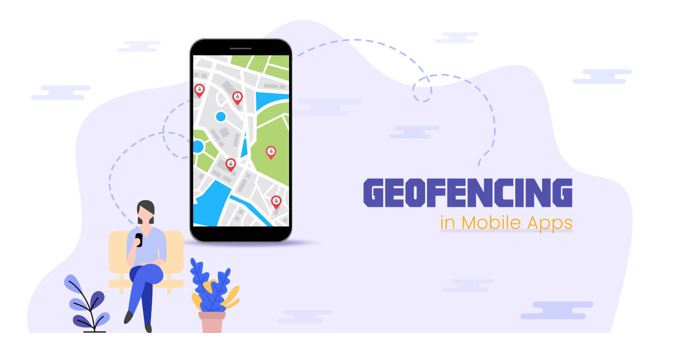
Geofencing is a feature in a software program that identifies geographical boundaries using the Global Positioning System (GPS) or RFID. A geofence is a digital wall.
The idea of geofencing isn’t as new as most people think. The benefits have been known for several decades, but in the early days, complex and expensive hardware and software solutions were needed for geofencing systems. Today, with minimal hardware equipment and experience in coding, we can create digital fences and target people within them
Using different sources (such as GPS or the IP address of the location platform) to measure the position of users and provide them with a unique set of commercial offers or other contextual information. Mobile App Development Dubai is great when it comes to finding leads and getting them clients. Their installation is quite easy in addition to this.
The wide availability of this feature in mobile apps of the new generation leads most location-based companies to incorporate geofencing to their marketing mix. It sparked an ongoing geofencing revolution in the design of mobile apps and we will explore how developers can use this functionality to apply it to the UX of their app in this article.
Contents
Geo-fencing requirement:
On cattle ranches, first geofencing systems were introduced, allowing farmers to position GPS units on each head of cattle. Today I can cram the entire geofencing program into a couple of code snippets that use the pre-installed position hardware of smartphones. With many advanced app makers, such geofencing features are also available. App developers who want their applications to be a geofenced need to:
1) Make sure the app has proper permission:
Any application that uses geofencing technology needs permission to locate it. Many designers opt for the location of users outside the UI thread of the device. This triggers an application for permission prompt when the user first launches the app. Users can also switch permissions later in the app settings. App Developer Dubai is informed of each change in approval, allowing them to track their audience closely.
2) Define geofence:
The specific set of parameters determines every geofence. These include:
- Geo circle latitude, longitude, and radius (geofence technology can only be applied to circular areas).
- Types of incidents that are alerted to app developers. For example, when a new user enters the geofence area, when the geofence application is removed from the user’s smartphone, etc., an app developer can be notified.
- Tools to collect location data for clients. Rather small barriers, for instance, can only function if the user’s phone has GPS, while other location sources have their specific features.
- Start Time, which indicates when monitoring geofence should begin Period, which indicates how long monitoring of geofence should last.
- Time value that determines how much time users need to wait in the geofence region before the first push notification is received.
Manage Geo-fence Notification: There are two ways to get alerts from pre-defined geofence on the user’s phone app. Users can only see alerts when the device is running in the foreground, or when an event occurs, updates can be sent by setting up a background function. Among location-based businesses, background alerts are much more effective, but downloading such devices requires users to take prompt action. It also requires developers to add background tasks to the manifest of their device, define types of background tasks, assign each type of task to one location origin, and define the entry point within the app to be called when the event is triggered.
Developers also need to write additional code snippets to define all other important criteria needed to run background tasks. Also, read What do you need to know before creating an on-demand home service app?
Conclusion:
Geofence is a great way to sensitize the location of mobile apps. Despite the popular misconception, this idea saves the user’s mobile battery as geofence manages to handle all phone apps data at once and triggers the alert at the right time. For app developers, the most important thing is that geofencing allows them to make their apps smarter and more contextual, leading to wider user acceptance.
Let’s Get in Touch:
Get in touch with me yo get the latest geofencing techniques and trends in your application today.

